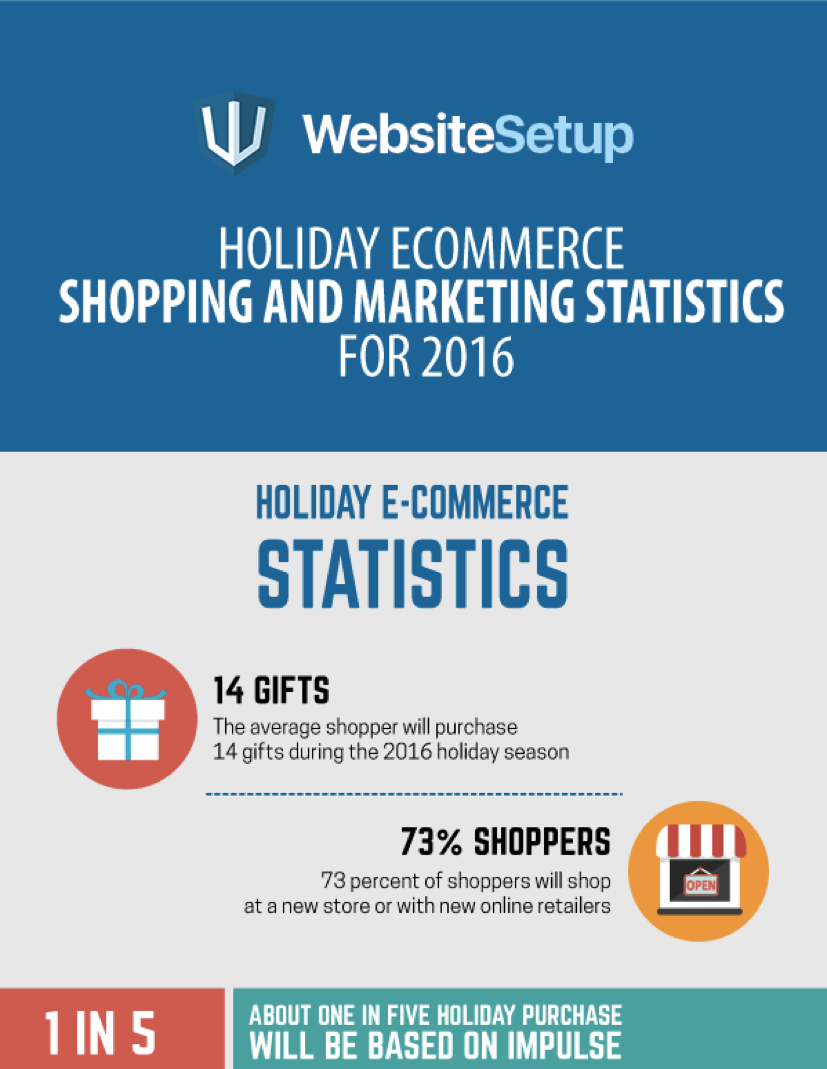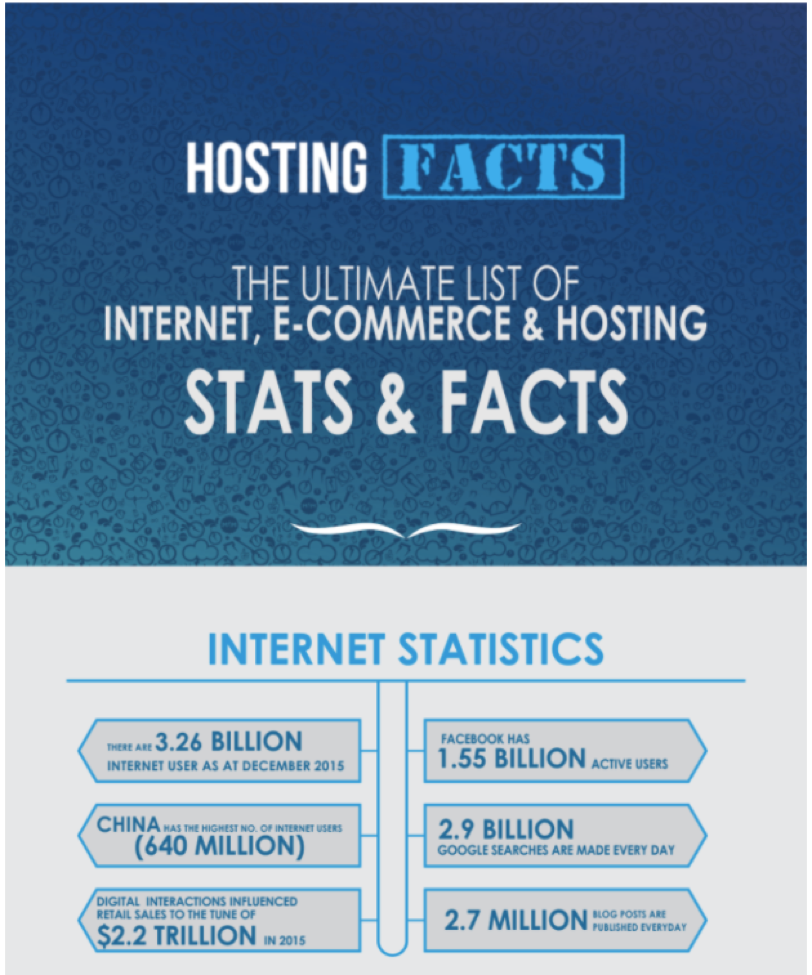Infographics are undoubtedly one of the best types of content you can create.
In a study by Buzzsumo that analyzed over 100 million articles, they found that infographics are the most shared type of content. In fact, infographics are so popular that, on average, they gets several thousand shares more than the next most popular type of content.
And it gets more interesting. Research shows that:
- An infographic is 30 times more likely to be read than text-only content.
- People are likely to remember 80% of what they see compared to just 20% of what they read.
- Infographics are likely to get 832 percent more retweets than images and articles.
Furthermore, we have case studies from renowned bloggers that testify to the effectiveness of infographics.
A great example is Neil Patel, who boasts about being able to get several of his blogs to over 100,000 monthly visitors within a year, identifying infographics as a major source of this growth. In fact, for one of his sites, Patel reports that infographics were responsible for 2,512,596 visitors and 41,142 backlinks within a two-year period.
Now, that’s phenomenal.
Let’s face the truth, though: most infographics won’t take on a life of their own.
While infographics are more likely to go viral and get shared compared to other content types, you need to first kickstart the momentum. How do you go about creating this momentum?
Based on my experience creating several infographics that have become very popular–even earning links on some of the world’s biggest publishing sites–I will be sharing six practical, fail-safe infographic marketing techniques.
1. Partner With Top Publications and Blogs in Your Industry
Usually, the best approach to use when trying to promote any piece of content–including infographics–is the “ready > aim > fire” approach. But many people do the exact opposite. They use the “fire > aim > ready” approach.
Here’s what I mean: Don’t create the infographic first. The very first step you should take when incorporating infographics into your marketing strategy is to devise a promotion strategy, because this can influence the type of infographic you create.
If your aim is to get major publications to mention you and possibly link to you on their website, your strategy can be entirely different than if you want to promote your infographics through guest blogging or ads.
One way to really get momentum for your infographics is by partnering with top publications or blogs in your industry. You can look for one really authoritative publication, or two to three really popular blogs.
Let the publication know your intentions to partner with them and create an infographic. Source some of your data or facts from them, include this in the infographic and handle the creation and design of the infographic.
Once your infographic is ready, email the publication. They will almost always share it with their audience.
That said, it is important to note that you’re more likely to get major blogs to share your infographic with their readers if you partner with one blog at a time instead of doing an infographic involving multiple different blogs. Thankfully, creating multiple infographics is a breeze with Venngage.
2. Repurpose the Content of Your Infographic and Submit It to Top Content Sites
May people focus on distributing their infographics through visual means, but that’s a very limited approach to promoting your infographics.
One of the most effective ways to promote your infographics is by repurposing the content in the infographics–sometimes expanding on parts of it, and then submitting the resulting content to different content sites. Each piece of content is unique in its own way, and you can easily distribute the resulting content to over a dozen different sites, including like SlideShare, Scribd, etc.
You can also create images out of your infographic and regularly share these images on social media sites. For example, it won’t be difficult to extract 10 different images from the average infographic.
Now imagine the impact you can achieve when you share these different images to Twitter, Facebook, Instagram and other top social sites on a regular basis.
To get the best from this approach, it is important to make sure that even though your content is repurposed, it links back to you. That means each image you repurpose needs to be individually branded, and that each piece of content you create from an infographic should link back to your site or the infographic.
3. Start an Outreach Campaign to Promote Your Infographic
You’ve probably heard that it’s okay to “build it and they will come.” When it comes to infographics, you need to do a lot more than just “build it.” You also need to invite them. In other words, you need to start an outreach campaign.
Start by compiling a list of potential outlets in your niche that are likely to feature your infographic. Here are some ideas:
- Sites and directories that regularly feature infographics.
- Blogs and publications that regularly feature infographics. Most top blogs–especially those that publish several pieces of content a day–do this. You simply need to identify the key person at these publications and reach out to them.
- Blogs and publications that do regular roundups featuring the best content published in a particular week or month. They’re very likely to feature your infographic.
- Sites and resources that you include in your infographic. If you mentioned a brand, include them in your outreach list. If you referenced statistics from a particular source, include them too.
Once you compile the list of potential outlets, the next step is to identify the key person at these outlets and then email them to let them know that you mentioned them.
4. Set Up Mentions for Content Related to Your Infographics, and Reach Out to Creators of this Content to Include It
I love this particular technique because it is more of a long-term technique that keeps your infographics evergreen.
Most content creators know the importance of visual content (you can always refer those that don’t to this article–you know, to the part highlighting facts about visuals and infographics!) but they are either too busy, or lack the resources, to source or create their own infographics. This presents a great opportunity for you.
Try to keep track of people publishing content relevant to your infographics, and reach out to them to include your infographic in their content. Outline the numerous benefits that they will derive by doing this, and make the task easy for them by sending them the image directly (in your first email!) as well as by including an embed code that properly attributes you.
You can also put this technique on autopilot by setting up numerous alerts for key terms that track content similar to your infographic and that notifies you as soon as this content goes live. Use apps like Mention or even Google Alerts to keep track of content as they go live.
5. Publish Images from Your Infographics on Image Sites
For many of us, when we think about sites like Pixabay and Flickr, we simply think about them as sites where you can find images to use for our content. However, these sites–and numerous other image sharing sites–can be very useful for promoting your infographics.
To effectively make use of image sharing sites you simply need to cut out different key sections of your infographics that can work as stand alone images. You can then upload these images individually to as many image sites as you want, including a note asking people to link back to your site or the original infographic for attribution.
What’s more, you can take this approach to the next level by also submitting your images to social networks like Instagram.
When you do this, the results is twofold: first, you get a link from the image sites themselves; second, you get a link when others use your images and attribute you.
6. Link to Your Infographics in Guest Posts
My favorite infographic marketing technique is linking to them in guest posts.
I’m an active guest blogger, contributing to some of the biggest blogs online. Many of these sites are strict about including promotional link to your site in your content body, but it’s a different story when you’re linking to an informational infographic.
A great example is my infographic that features hosting facts and statistics. As it is, simply searching for “internet statistics” on Google will turn up this infographic on the first page.
This was possible due to the authoritative links and mentions pointing to my infographic from many notable sites. Since the infographic includes a list of different statistics, I simply link to it whenever I mention a certain statistic from the article. Not only do top publications keep the links in, but they love it since it makes my article more solid and research-backed.
Conclusion
Many of these infographic marketing techniques take effort, but I’ve gotten more than double the number of mentions for my infographics than I have initiated. Over time, if your infographic is content-rich and well-designed, you can be assured that people will start linking to it and sharing it on their own.









































